Biodesign Institute
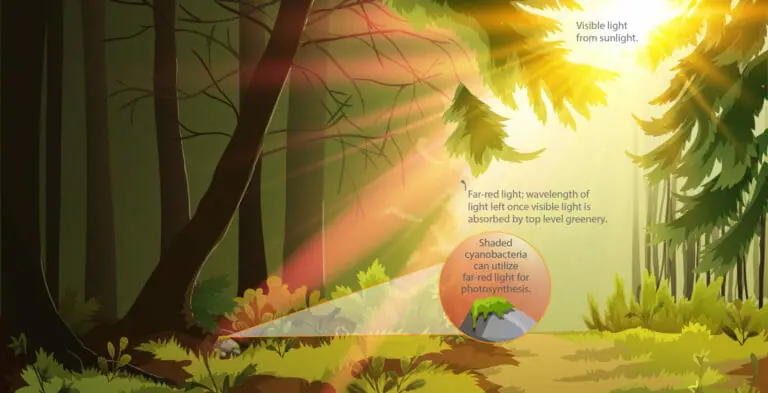
New study sheds far-red light on the mysteries of photosynthesis
Some three billion years ago, tiny organisms known as cyanobacteria helped create an oxygen-rich atmosphere on Earth. Their activities, which continue to the present day, provide an essential ingredient for
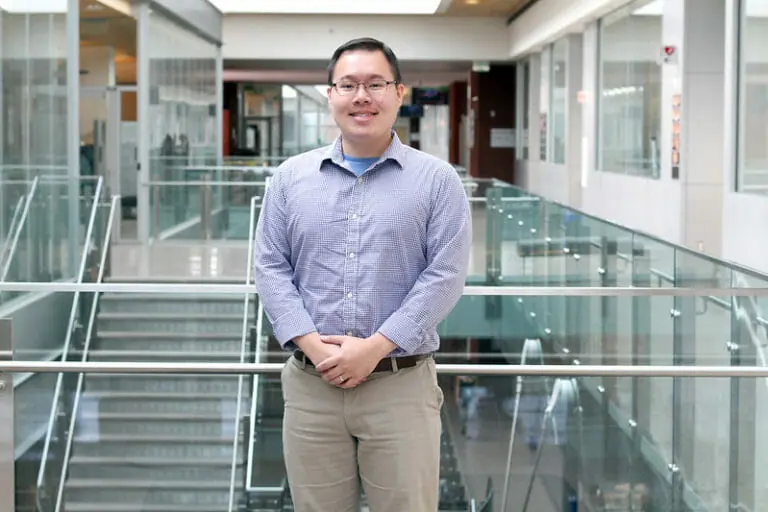
Mother-baby microbiome rush at birth can have lifelong health impact for the infant
Every mother wants to give their newborn the very best start. During the nine months of gestation, women understand that eating right, breathing fresh air, exercising and maintaining a positive

Science at the interface: Bioinspired materials reveal useful properties
The design of sophisticated new materials is undergoing brisk technological advancement. Innovations in material science promise transformative improvements in industries ranging from energy to manufacturing. In a new study, researchers
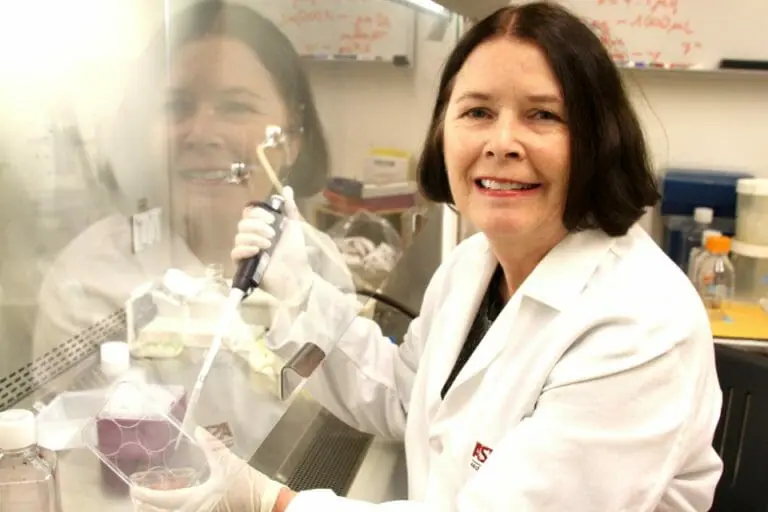
China is dealing with a new and deadly virus
A new coronavirus that emerged last month in China and has claimed the lives of 17 people and infected approximately 540 others has the country on high alert. The World

Getting personal: Alzheimer’s research across ASU is fueled by knowledge and life experience
“My mother was driving to work one morning and was alarmed to see an older man riding a bicycle against traffic,” says Diego Mastroeni. To her surprise, that man was
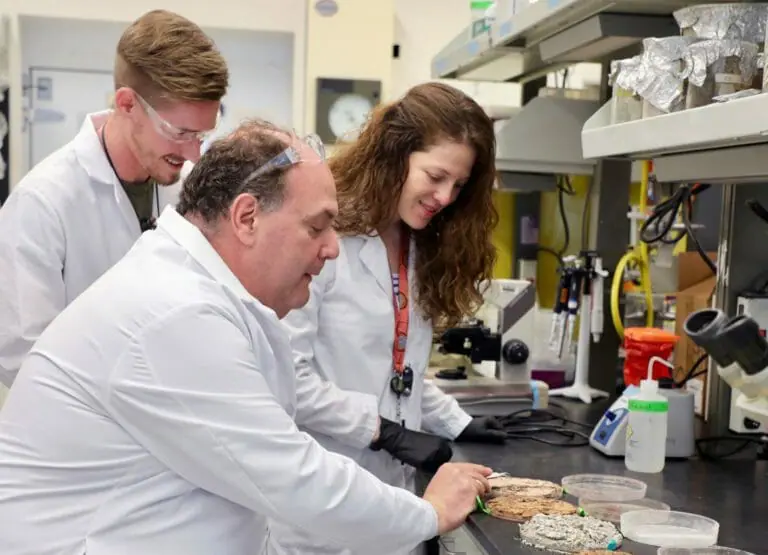
Just follow the 'butterfly'
Have you ever wondered what Earth was like in its distant past? It was indeed very different from today. For one, the atmosphere contained no oxygen, so none of us
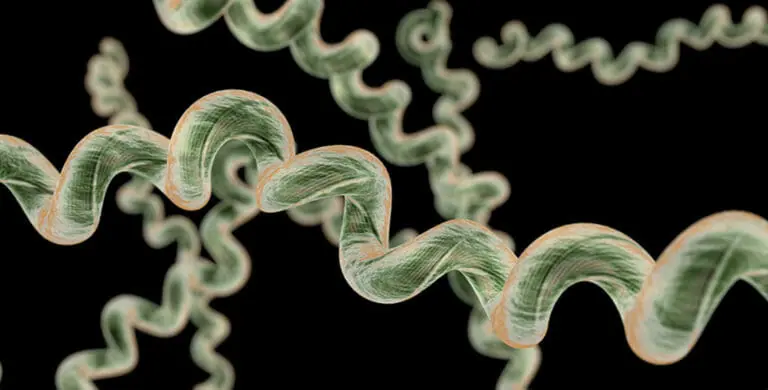
One step closer: Membrane protein structure expressed in Lyme disease could offer therapeutic target
Stories of those afflicted with Lyme disease abound and cases appear to be on the rise. Yet few are aware of the symptoms, severity or cause of this disease, which is notoriously difficult to diagnose and treat. Lyme disease, which is caused by the Borrelia burgdorferi spirochete bacteria, is transmitted from ticks to humans. It represents the most common vector-borne illness in the Northern Hemisphere, and in the United States alone, there are 300,000 cases annually. As the number of cases
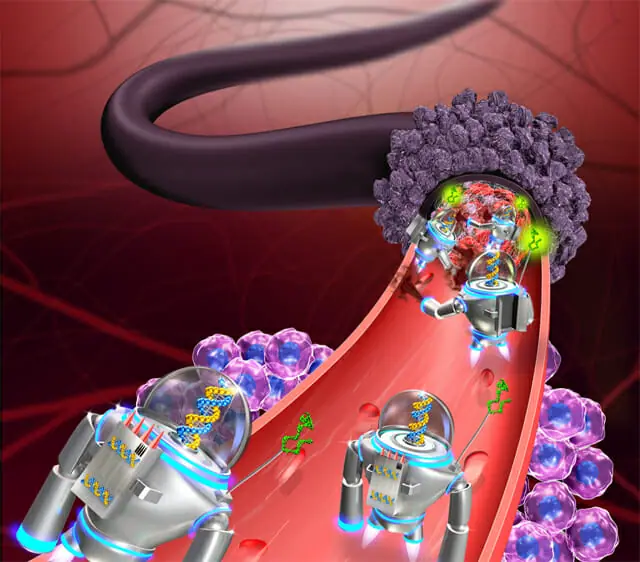
ASU professor named to Fast Company’s 'Most Creative People in Business 2019'
Arizona State University Biodesign Institute researcher Hao Yan has been named to Fast Company’s list of “Most Creative People in Business 2019” for his work using nanobots to fight cancerous
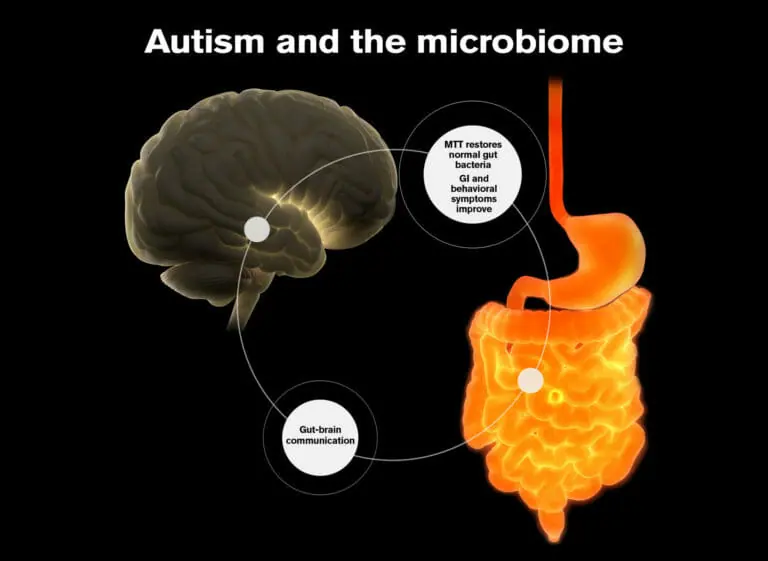
Autism symptoms reduced nearly 50% two years after fecal transplant
According to the Centers for Disease Control and Prevention, about one in every 59 children in the U.S. is diagnosed with autism, up from one in every 150 in 2000.
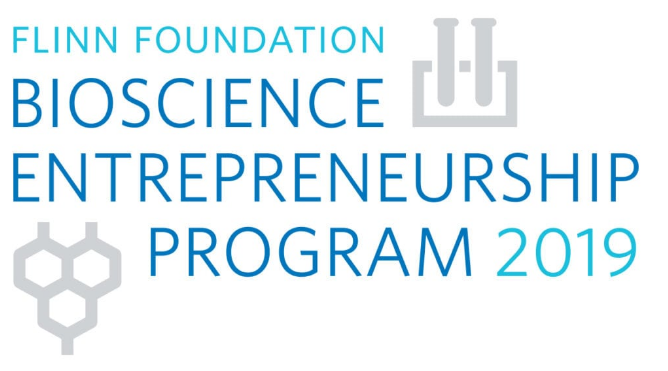
LaBaer start-up selected for Flinn Foundation Entrepreneurship Program
Ordinatrix, a startup company launched by Biodesign Institute Executive Director Joshua LaBaer, is one of six bioscience firms from Phoenix and Tucson selected to participate in the Flinn Foundation’s 2019 Bioscience Entrepreneurship Program. Ordinatrix, a

Science at the forefront at Biodesign C grand opening
The mission of the Biodesign Institute at Arizona State University started with the desire to replicate a single blade of grass. That’s what President Michael Crow told a crowd of about 450

Smaller, faster, harder: Crystallography with XFELs
Richard Feynman knew a thing or two about biology. He is reported to have said, “Everything that living things do can be understood in terms of the jigglings and wigglings